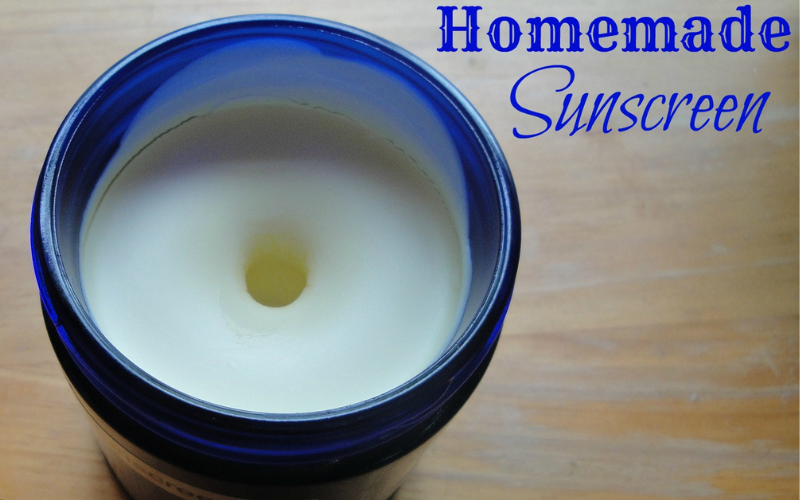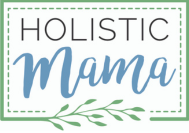Homemade sunscreen is pretty simple to make with a few key ingredients. There are many reasons we should be concerned with commercial sunscreens due to the many harmful ingredients they contain. Some people even chose not to use sunscreen at all because of the lack of healthy options. Most people still want some protection while spending time in the sun to protect from sun damage.
What is SPF?
SPF stands for Sun Protection Factor. SPF measures the sunscreen protection from UVB rays (which is what causes sunburn). If you would usually burn after 10 minutes in the sun, an SPF 15 sunscreen would allow you to stay in the sun for approximately 150 minutes without burning. That is 15 times longer than you'd be able to without it. You can’t assume that SPF is double the protection of SPF 15, this is what the approximate protection looks like:
- SPF 15 blocks about 93% of UVB rays,
- SPF 30 blocks 97%,
- SPF 50 block 98%, and
- SPF 100+ blocks about 99.1%.
As you probably already know, anything over SPF 50 is pretty much not necessary.
Is Sunscreen Toxic?
The Environmental Working Group is the best place to get reliable information on this topic. Their yearly sunscreen guide is the best resource to find out about the best and worst sunscreen products on the market.
Sunscreen’s active ingredient comes in the form of chemical and mineral filters. It’s the chemical sunscreens that are causing the need for concern. Chemical sunscreens combine three to six of these active ingredients: oxybenzone, avobenzone, octisalate, octocrylene, homosalate and octinoxate. The worst one used in the U.S. is oxybenzone, found in 80% of chemical sunscreens.
Mineral sunblocks use zinc oxide and titanium dioxide to reflect or scatter UV rays. They do not permeate the skin and are stable in the presence of sunlight. Zinc oxide is the optimal ingredient in sunblock because it provides strong sun protection with few health concerns
Nano-zinc vs Non-nano zinc
There is concern that zinc nanoparticles can be absorbed into the skin and bloodstream. Although there isn’t a lot of research out there that proves that this is true. Nano-zinc is used because it doesn’t leave behind the white film. If you don’t feel comfortable using nano-zinc, use non-nano zinc with larger particles for your recipe (that is what I use and recommend). Non-nano zinc oxide is also considered marine safe which is another good reason to use it.
The real concern is when the powder is inhaled it can damage the lungs and enter the bloodstream. If you make your own sunscreen with zinc, wear a mask when dealing with the powder to avoid inhalation.
How Do you Make Natural Sunscreen at Home?
You can make your own sunscreen at home by blending oil, beeswax and zinc together into a butter. Follow our recipe below for an easy to make sunscreen.
The recipe in this post is at least 18 SPF based on the ratio of zinc. Some of the oils in the recipe do have their own SPF value so that adds to the protection.
Here is a good guide on SPF. Remember, adding more or less zinc oxide will change the ‘feel’ of the sunscreen, making it thicker or thinner). If you want the following SPF factors…
2-5 SPF: Use 5% zinc oxide
6-11 SPF: Use 10% zinc oxide
12-19 SPF: Use 15% zinc oxide
20+ SPF: Use 20% zinc oxide
How do you make homemade sunscreen waterproof?
The easy way to make sunscreen waterproof is to use beeswax. Beeswax forms a barrier on the skin, allowing the water to run right off.
Does Homemade Sunscreen Work?
The short answer is, yes it does. The part that is not provable is the exact amount of SPF protection you get from your homemade sunscreen. Without testing you can be absolutely sure. You can assume the lower end of the estimate to be on the safe side.
If you are looking for an alternative to commercial sunscreens this homemade sunscreen recipe is a great option.

Homemade Sunscreen Recipe
- 1/4 Cup Olive Oil
- 1/4 Cup Almond Oil
- 1/4 Cup Bees Wax pastilles
- 3 tbsp. Zinc Oxide (this is a non-nano version)
- 1 tsp. Vitamin E Oil
- 1 tbsp. Rose hip Seed Oil
- Essential oils
In a double boiler, warm the olive oil, almond oil, and beeswax on low heat until the bees wax is melted.
Afterwards, when all of the bees wax pastilles are melted, remove the oils from the heat. Add in the zinc oxide powder, and whisk until combined. Once it is incorporated into the oils, add the vitamin e oil, rose hip seed oil, and essential oils and whisk again. Pour the mixture into a jar to store. Any small glass jar will do – even an empty jar from jam, baby food, yeast, etc. works great. Put in the refrigerator to cool for 20 minutes.
Looking for more personal care recipes? Download this pdf collection of recipes.
Thank you for reading this post, don't forget to subscribe to stay in the loop. If you are looking for some of the healthy tools and resources mentioned in my articles, take a look at my healthy shopping guide.
Some of our links are affiliate links, which means if you click and buy, I earn a small commission. The price is the same for you, though. Thank you!
You might also like these posts...
